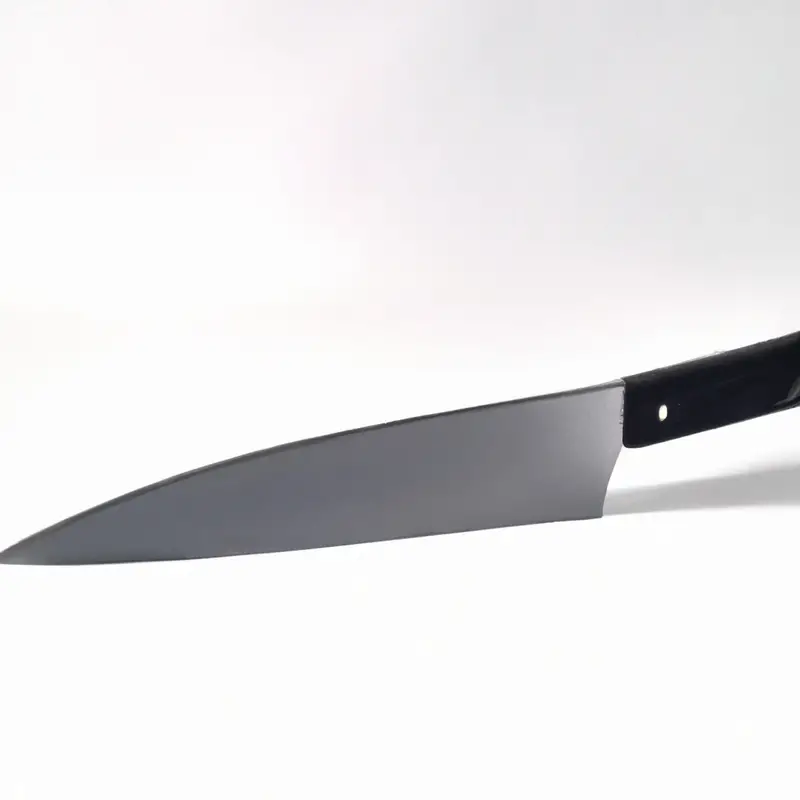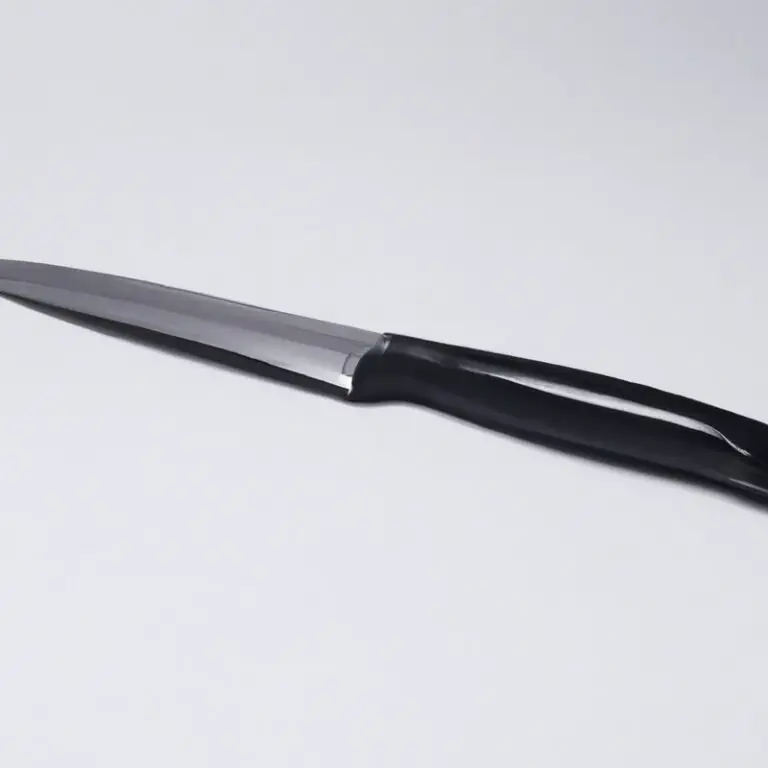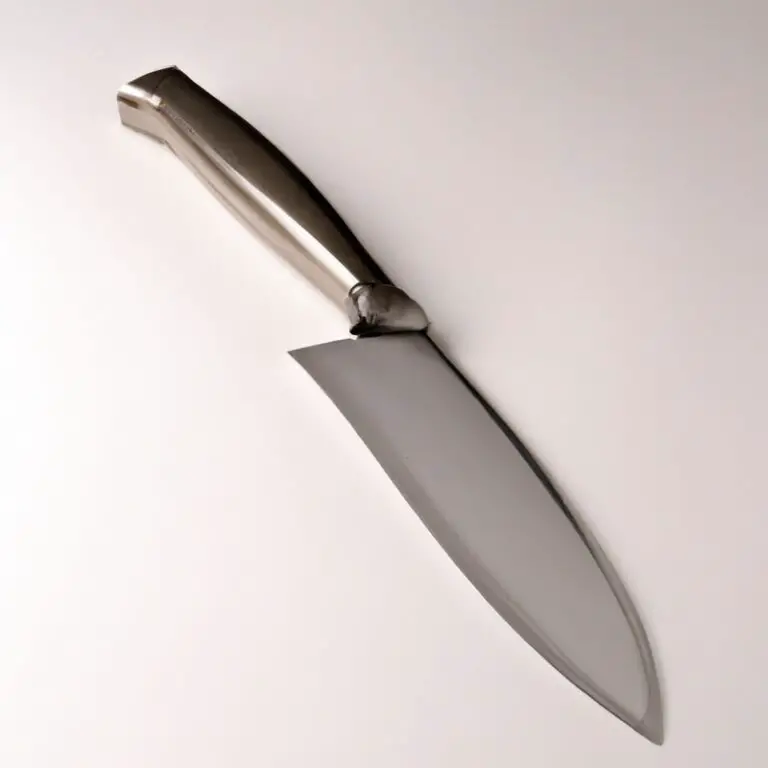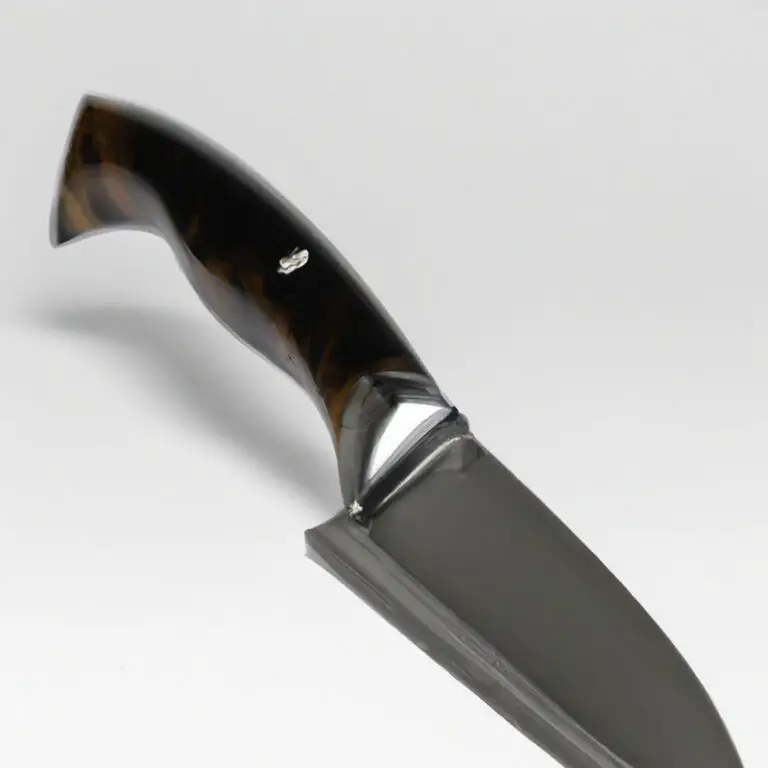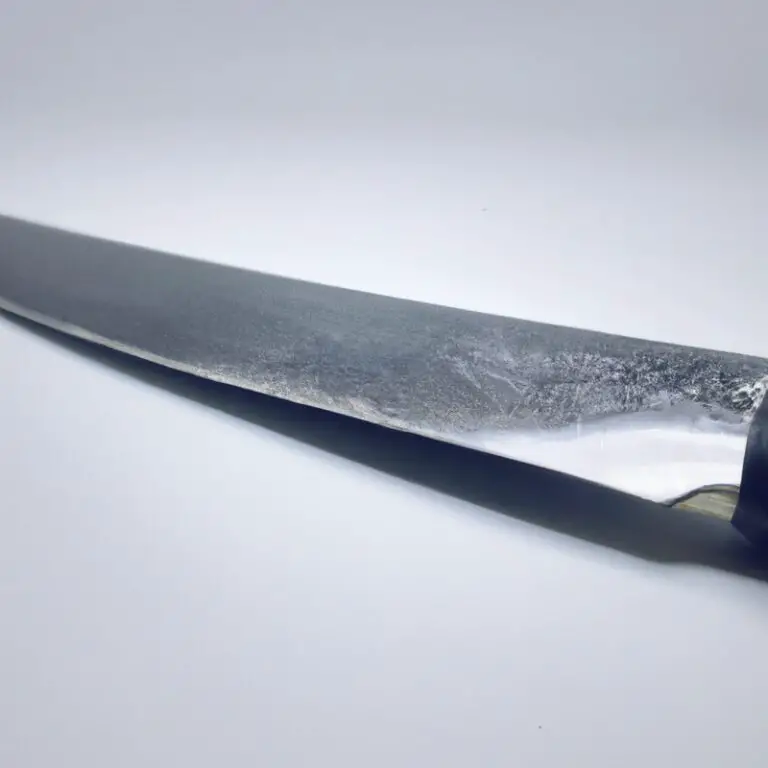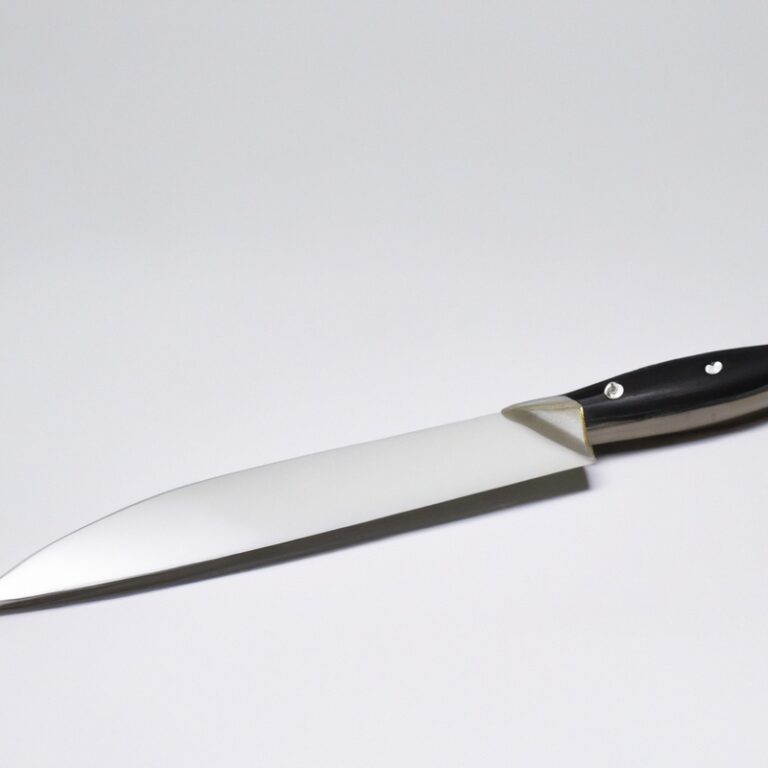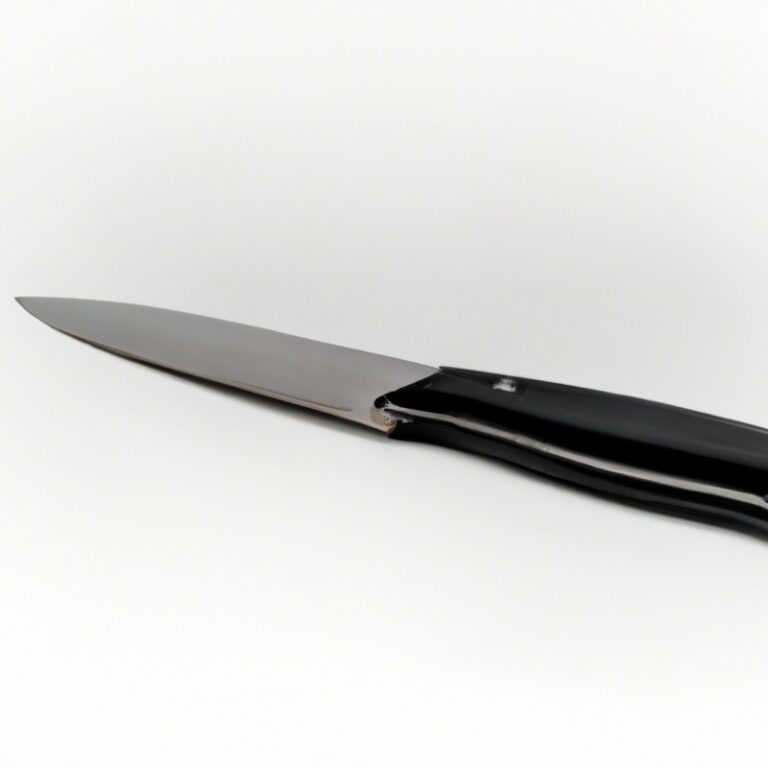What Is The Role Of Cobalt In Knife Steel?
Key Takeaways:
- Cobalt enhances the hardness and durability of knife steel.
- Cobalt improves the overall corrosion resistance of knife steel.
- The addition of cobalt can increase the cost of knife steel production.
- Cobalt content should be carefully balanced to optimize the performance of knife steel.
Have you ever wondered what gives knife steel its exceptional strength and corrosion resistance? Well, look no further than cobalt.
This fascinating element plays a vital role in the composition of knife steel, elevating its performance to a whole new level.
As a strengthening element, cobalt enhances the hardness and durability of the steel. It also contributes to the steel’s ability to resist corrosion, ensuring your knives stay sharp and rust-free even after countless uses.
In this article, I’ll take you on a journey through the significance of cobalt in knife steel, explore popular cobalt alloys used in the making of knives, delve into cobalt-free alternatives, and help you uncover the optimal cobalt content for your specific needs.
Get ready to discover the secret ingredient that makes your knives truly exceptional.
| Role of Cobalt in Knife Steel |
|---|
| Pros |
| Cons |
| Enhanced Strength: Cobalt enhances the hardness and strength of knife steel, making it more resistant to wear and damage. |
| Cost: Cobalt is a relatively expensive element compared to other alloying elements used in knife steel. |
| Increased Toughness: The addition of cobalt in knife steel improves its toughness, making it less prone to chipping or breaking. |
| Challenges in Heat Treatment: Cobalt can make the heat treatment process more complex and difficult due to its high melting point. |
| Improved Corrosion Resistance: Cobalt increases the corrosion resistance of knife steel, protecting it from rust and stains. |
| Lower Wear Resistance: In some cases, the addition of cobalt in knife steel may slightly decrease its wear resistance compared to steels without cobalt. |
The Importance of Cobalt in Knife Steel
Cobalt as a Strengthening Element
Cobalt is a valuable element in strengthening knife steel.
It forms strong carbides that enhance the steel’s hardness and wear resistance.
It also increases the steel’s overall strength and toughness, making it more resistant to deformation and breakage.
The addition of cobalt can improve the performance and longevity of knives, ensuring that they stay sharp and durable over time.
Knife makers often use cobalt in their steel formulations to create high-performance blades that can withstand demanding cutting tasks.
Its role as a strengthening element is vital in achieving superior knife performance.
Cobalt’s Influence on Steel Hardness
Cobalt plays a significant role in influencing the hardness of steel.
It is known to increase the hardness of steel alloys, allowing them to retain their sharpness and edge durability for longer periods.
By adding cobalt to steel, the resulting material can withstand wear, abrasion, and deformation better than steel without cobalt.
This makes cobalt a valuable element in knife steel, as it enhances the blade’s ability to maintain its sharpness and perform well over time.
Cobalt’s Contribution to Corrosion Resistance
Cobalt plays a significant role in enhancing corrosion resistance in knife steel.
It forms a protective layer on the surface of the steel, preventing rust and corrosion from occurring.
This is particularly important for knives used in wet or humid environments, as they are more prone to corrosion.
By including cobalt in the steel composition, knife makers can ensure that their blades remain resistant to corrosion, extending their lifespan and maintaining their functionality.
Cobalt’s contribution to corrosion resistance is a valuable attribute that makes it a desirable element in knife steel formulations.
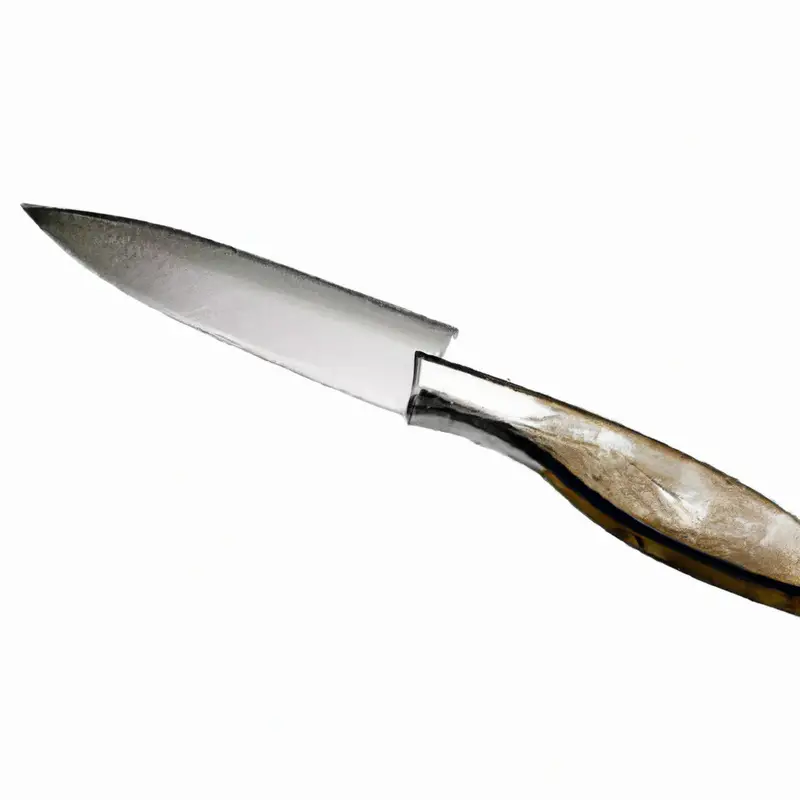
Cobalt Alloys Used in Knife Steel
Popular Cobalt Alloys in Knife Making
Some popular cobalt alloys used in knife making are VG-10, RWL34, and M390. These alloys are known for their high hardness, wear resistance, and corrosion resistance, making them ideal for knives.
VG-10 is a Japanese stainless steel alloy that is easy to sharpen and has good edge retention.
RWL34 is a Swedish stainless steel alloy with excellent stability and edge sharpness. M390 is a high-end alloy known for its superb edge retention and toughness.
These alloys offer knife makers a range of options to meet different performance needs.
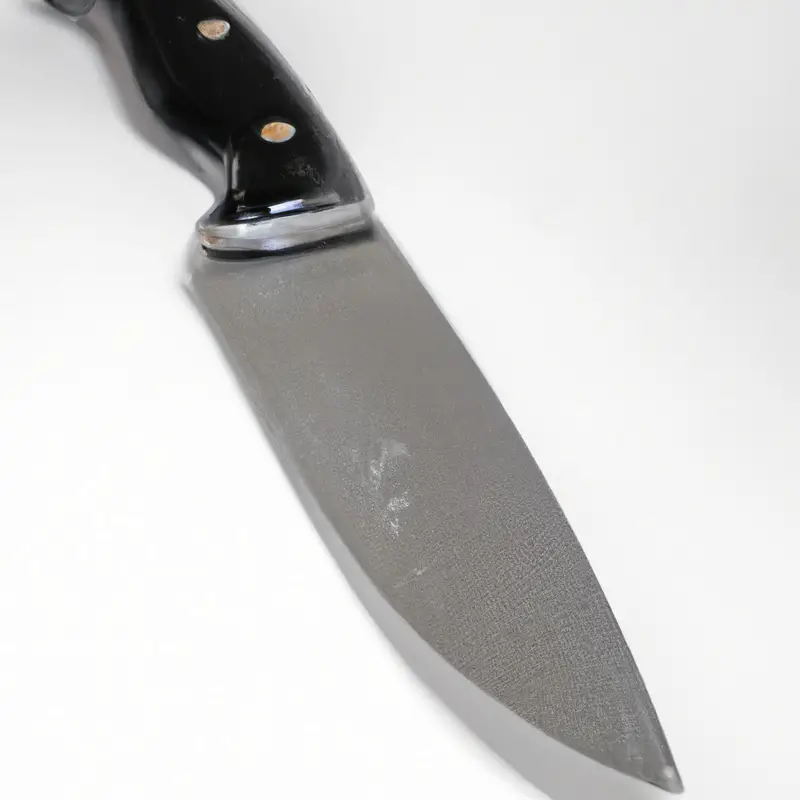
Pros and Cons of Using Cobalt Alloys in Knives
When it comes to using cobalt alloys in knives, there are both pros and cons to consider.
Pros:
- Increased strength and durability: Cobalt alloys can significantly enhance the strength and hardness of knife steel, making it resistant to wear and tear.
- Excellent corrosion resistance: Cobalt alloys have a high resistance to corrosion, which is a crucial aspect for knives used in wet or humid environments.
- Enhanced edge retention: The addition of cobalt can help knives maintain their sharpness for a longer period, reducing the need for frequent sharpening.
Cons:
- Cost: Cobalt alloys can be more expensive compared to steel without cobalt, making knives using these alloys pricier.
- Difficulty in machining: Cobalt alloys are tougher to work with, making the manufacturing process more challenging and potentially increasing the overall cost.
- Potential brittleness: Depending on the alloy composition, cobalt alloys may be susceptible to brittleness, leading to possible chipping or cracking in the knife blade.
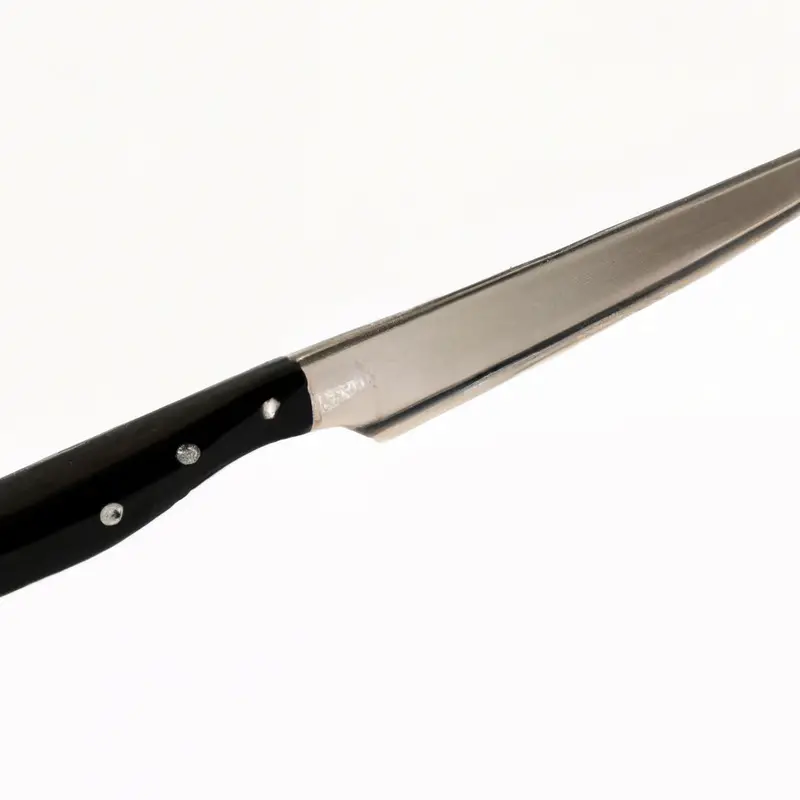
Cobalt-Free Alternatives in Knife Steel
Other Alloying Elements for Strength and Hardness
Other alloying elements commonly used to enhance the strength and hardness of knife steel include:
- Chromium: Improves corrosion resistance and wear resistance.
- Molybdenum: Enhances strength, toughness, and corrosion resistance.
- Vanadium: Increases hardness and wear resistance.
- Tungsten: Improves toughness and wear resistance.
- Nitrogen: Enhances hardness and corrosion resistance.
These elements work synergistically with carbon to create a steel alloy with the desired properties for knife making.
It’s important to choose the right combination of alloying elements to achieve the desired balance of strength and hardness in knife steel.
Exploring Non-Cobalt Stainless Steels
When it comes to exploring non-cobalt stainless steels for knife making, there are several alternatives worth considering. Some popular options include:
- Nitrogen-alloyed stainless steels: These steels offer excellent corrosion resistance and maintain their strength at high temperatures. They are commonly used in industrial applications and can be a good choice for knives as well.
- Manganese-alloyed stainless steels: These steels offer good strength and hardness, along with decent corrosion resistance. They are often used in cutlery due to their affordability and availability.
- Vanadium-alloyed stainless steels: These steels provide excellent wear resistance and can retain a sharp edge for longer periods. They are commonly used in high-quality knife blades.
- High-carbon stainless steels: These steels combine the benefits of both carbon steel and stainless steel, offering excellent edge retention, toughness, and corrosion resistance.
By exploring these non-cobalt stainless steels, you can find alternatives that suit your specific needs and preferences in knife making. Ultimately, the choice of steel will depend on factors such as desired hardness, corrosion resistance, and intended use of the knife.
Balancing Cobalt in Knife Steel
Cobalt Levels in Different Knife Applications
Different knife applications require varying levels of cobalt in the steel composition. For high-performance knives that demand exceptional hardness and edge retention, a higher cobalt content, typically around 10%, is preferred.
These knives excel in tasks that require significant cutting and wear resistance.
On the other hand, for more general-purpose knives, a lower cobalt content of around 2-4% is sufficient. While these knives may not exhibit the same extreme hardness, they still offer good overall performance and are easier to sharpen.
It’s important to note that cobalt levels alone do not determine a knife’s quality.
Other factors such as heat treatment, steel type, and manufacturing techniques also play crucial roles in the knife’s performance. So, finding the right cobalt content for your specific knife application is just one piece of the puzzle.
Finding the Optimal Cobalt Content for Your Needs
Finding the optimal cobalt content for your needs in knife steel depends on several factors.
Firstly, consider the intended use of the knife.
For heavy-duty tasks, a higher cobalt content can provide better strength and durability.
Secondly, consider the desired hardness.
Cobalt can enhance the hardness of steel, so if you require a blade with excellent edge retention, higher cobalt levels might be preferable.
Lastly, consider the desired corrosion resistance.
While cobalt contributes to corrosion resistance, excessive levels can lead to brittleness.
It is essential to strike a balance based on your specific requirements.
Experimentation and consulting with experts can help you find the ideal cobalt content for your knife steel.
Final Verdict
Cobalt plays a crucial role in knife steel by acting as a strengthening element, contributing to hardness, and enhancing corrosion resistance. Popular cobalt alloys like VG-10 and 9Cr18MoV are widely used in knife making.
However, for those seeking cobalt-free alternatives, non-cobalt stainless steels and other alloying elements like vanadium and molybdenum can provide strength and hardness.
Balancing the cobalt content in knife steel is essential, as different applications require different levels. Finding the optimal cobalt content for your needs is crucial for achieving the desired performance.
With its numerous benefits, cobalt remains a valuable ingredient in knife steel for both professional chefs and knife enthusiasts alike.

